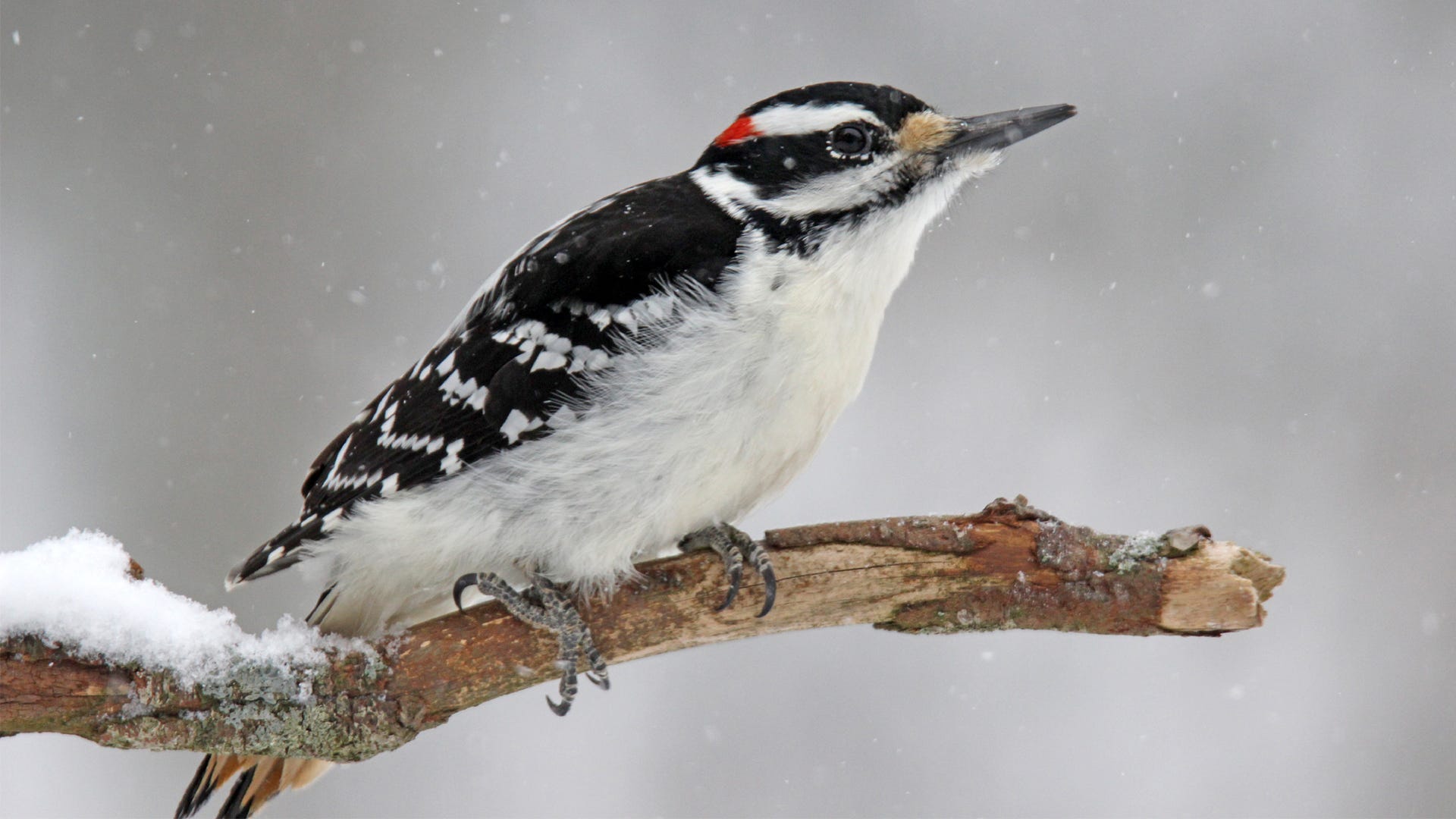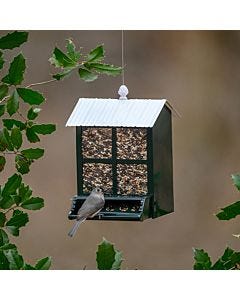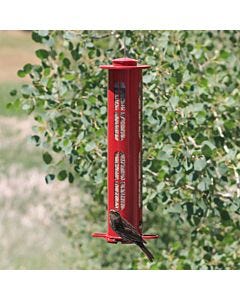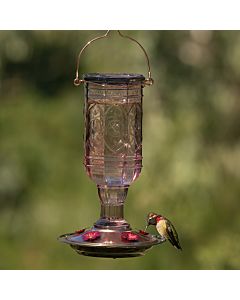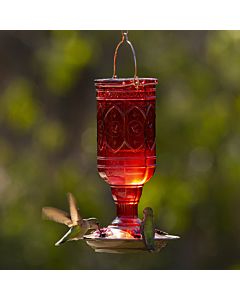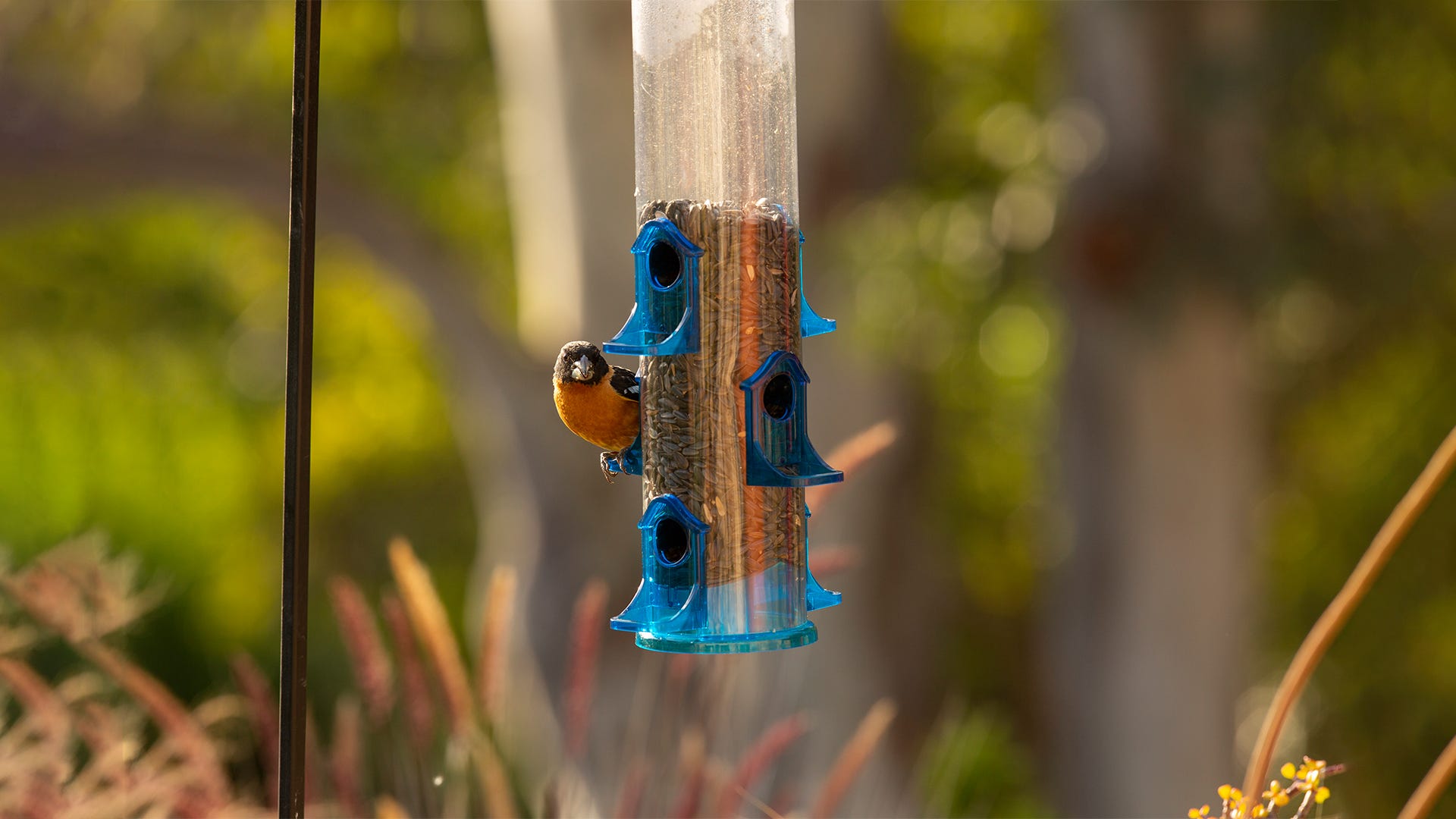On cold, winter nights when the wind is howling, it’s understandable to worry about how your wild birds are surviving the night. Don’t worry though. Between their anatomy and their instincts, they have a number of methods for staying warm. Read on to find out some of their tactics for staying safe and warm through the winter.
In general, birds are quite well-equipped to survive a cold winter’s night. Their feathers are amazing insulators and even exposed areas like their feet have an intricate network of blood vessels to keep them from freezing. Most birds also maintain a body temperature well above human levels – the average is about 105 degrees Fahrenheit – which helps them function even on the most frigid nights.
Winter birds
The most common birds staying in your area through the winter are your resident birds. These are birds that remain in an area all year, regardless of the season. Other birds migrate into an area for the winter, often coming from the sub-arctic regions of Alaska and Canada. These migrant and resident birds are the ones you regularly see at your bird feeders each day through the winter.
So, what do these birds do at night, especially on cold, blustery nights that don’t seem fit for man or beast? These birds spend their winter nights in many different locations. Check out your favorite birds below and see where they go each night.
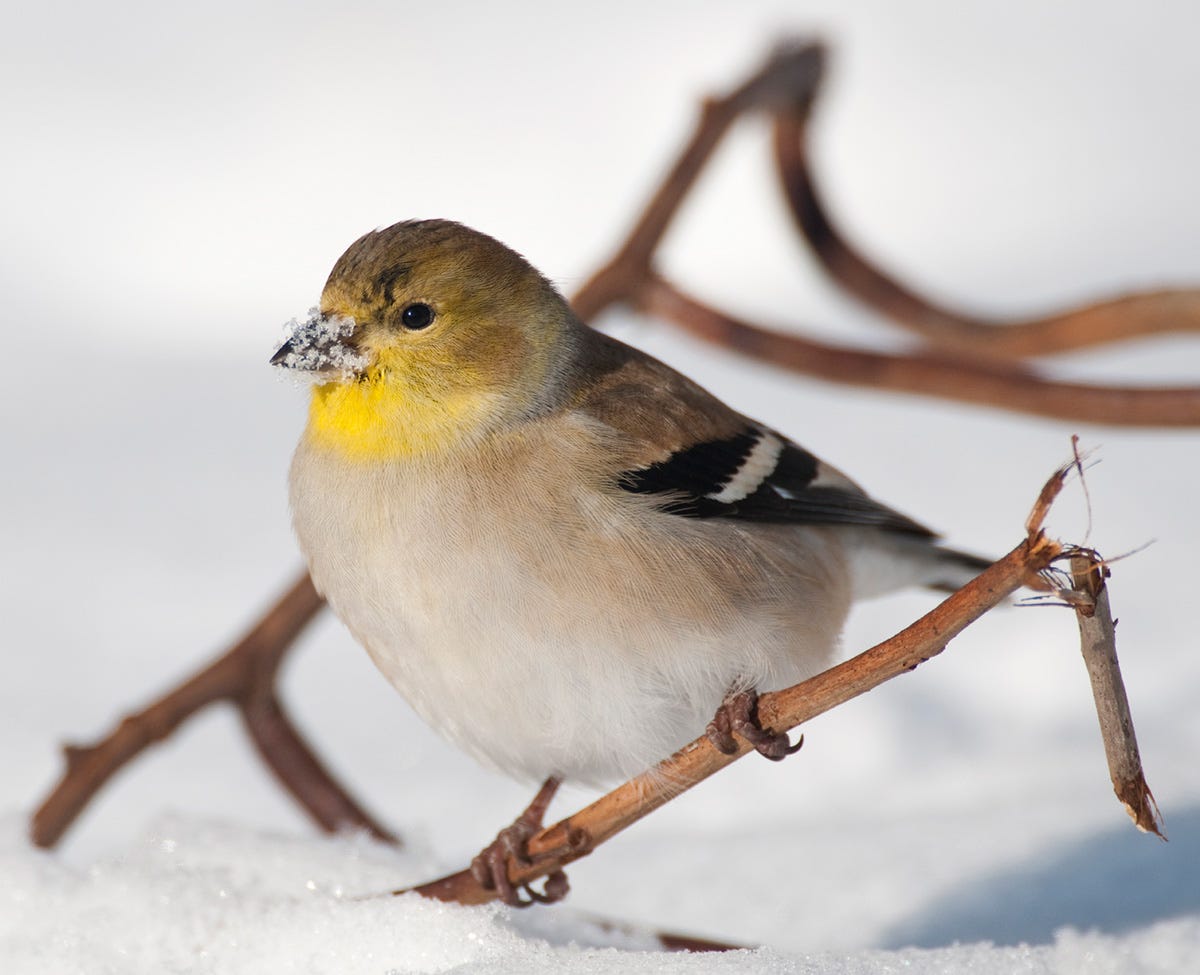 Blue Jays: These beautiful birds will seek out dense, evergreen vegetation to sleep inside at night. By hiding among the foliage, they’re protected from the worst elements.
Blue Jays: These beautiful birds will seek out dense, evergreen vegetation to sleep inside at night. By hiding among the foliage, they’re protected from the worst elements.- Chickadees: These birds usually roost on their own inside of tree hollows, bird boxes and cracks in buildings. Roosting pockets, which you can buy at many hardware stores, are another favorite.
- Doves & Pigeons: Doves will sleep overnight as part of a mid-sized flock, usually in a large coniferous tree. Unlike most birds, pigeons prefer sleeping on a flat shelf-like area rather than a rounded perch. That’s why they love building ledges, barn beams and the undersides of bridges.
- Finches: On extremely cold, snowy nights, American Goldfinches have been known to burrow into the snow to create a sleeping cavity. More often, they spend winter nights roosting with other goldfinches in coniferous trees.
- Northern Cardinals: As with Blue Jays, cardinals will roost with others of their own kind in dense, evergreen vegetation on winter nights.
- Nuthatches: Most nuthatches will seek out old, unused woodpecker holes for a night’s rest. They will often gather together in large numbers, even if it means they have to sleep on top of one another.
- Starlings: These birds will flock together in huge numbers to roost in one place over night. These gatherings often include thousands of birds. They will simply pick a tree or group of trees and settle on it for the night. The huge gathering provides them protection from predators and the ability to share body heat.
- Titmice and Wrens: Tufted Titmice and wrens seek out tree cavities, but also love roosting pockets. Those tiny “bird bungalows” are perfect for a few tufted titmice or wrens to bunk down for the night.
- Woodpeckers: As they do when building a nest for young, woodpeckers also sleep in tree cavities in the winter. If they can’t find a decent place, they will make their own.
Winter Bird Safety at Night
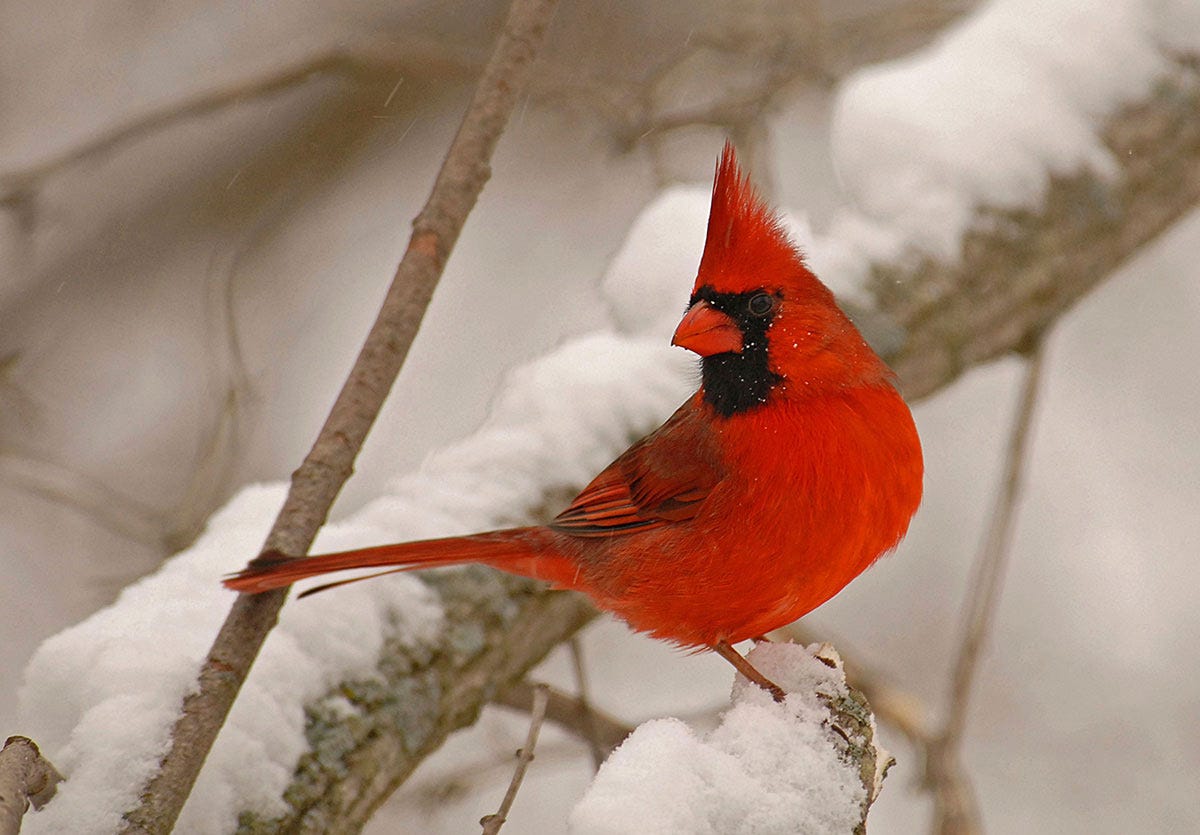 Aside from protecting themselves from winter weather, birds also have to be mindful of predators while they are sleeping. Their roosting choices are often meant to protect them too. Sleeping on the end of a tree branch allows them to feel vibrations of approaching enemies. Thick foliage keeps owls from swooping down on them. Communal roosting allows for a “safety in numbers” scenario. Tree cavities are often hard to find and difficult to reach for most night-time predators. Sleeping inside or on a human-built structure, such as a barn, carport or shed, is another protection – they’re difficult for a predator to climb and risky to approach.
Aside from protecting themselves from winter weather, birds also have to be mindful of predators while they are sleeping. Their roosting choices are often meant to protect them too. Sleeping on the end of a tree branch allows them to feel vibrations of approaching enemies. Thick foliage keeps owls from swooping down on them. Communal roosting allows for a “safety in numbers” scenario. Tree cavities are often hard to find and difficult to reach for most night-time predators. Sleeping inside or on a human-built structure, such as a barn, carport or shed, is another protection – they’re difficult for a predator to climb and risky to approach.
Another protective effort birds engage in to survive long winter nights is filling up on high-energy food during daylight hours. On cold nights, they often burn through fat reserves to maintain their body temperature. That energy expenditure is why they seek out bird seed that’s high in fat and protein. Such meals are absolutely vital to winter birds. Without being able to replenish their fat reserve each day, they can perish if their core temperature falls too low overnight.
Roosting Opportunities
You can help birds find a place to roost for the night by providing safe perches and shelters around your yard.
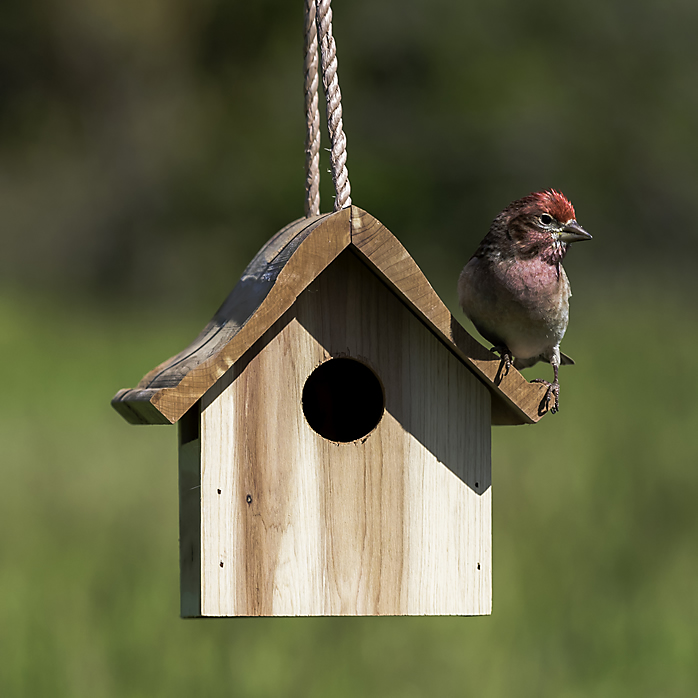
- Bird houses: While not every bird species will use a bird house, those that do also use them in the winter, too. Clean out spring and summer nesting material in the late summer to make way for birds that will use a bird house through the winter.
- Barns: If you have an open-air barn, carport, shed or porch, don’t be surprised if birds take up these areas on winter nights. They prefer places that go undisturbed for most of the night hours.
- Roosting Pockets: These inexpensive wicker birdhouses can be hung in a tree or on a porch and fit one or two birds. They provide just enough protection to keep a bird dry and warm through the night.
- Evergreens: Most birds prefer the cocoon-like protection that evergreen trees, vines and bushes provide, and many species utilize these plants through the winter. Simply having one or two evergreen plants on your property can help dozens of birds each night.
- Thick Shrubs and Bushes: Even if a shrub or bush has lost its leaves for the winter, a thick mass of branches and twigs can provide birds with protection from predators and the worst winter weather. If you have a hedgerow on your property border, or wrapping around your house, you will be thrilled to know you’re helping a lot of birds every night.
How to Help Roosting Winter Birds
How are you helping winter birds around your yard? Where are they roosting at night? What have you done to make them feel more welcome and safe? Let us know in the comments below or visit Perky-Pet® on Facebook and post some pictures of your birds in winter.
For more ideas on helping the backyard birds you love, subscribe to our e-newsletter, which clues you in on new articles and blog posts from perkypet.com.





